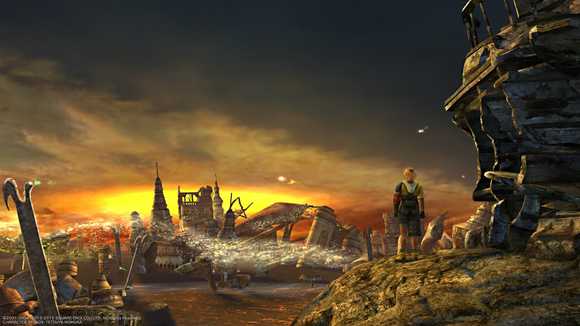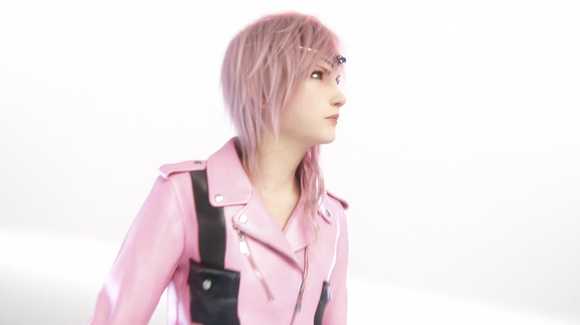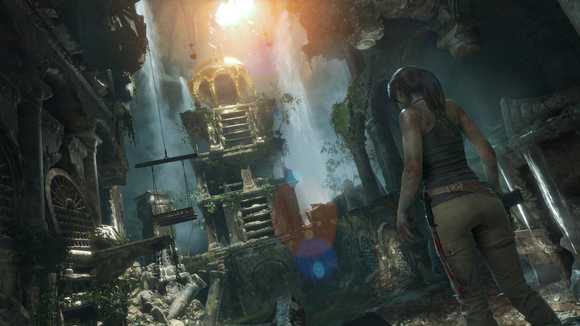
This past Christmas, I received an Xbox One. Months prior, I had joked that I wanted the console just to set it up, but probably never play it. (I get immense satisfaction out of setting up new electronics or updating existing ones.) Like every joke, there is a bit of truth to it. Who am I kidding? It wasn’t a joke at all.
The fact is, I rarely play video games anymore. When I can’t, when I’m at work, on a long drive, or otherwise, I yearn for hours with Super Mario 64. I look forward to tackling my pile of shame. But when I’m at home with a few hours to kill, instead of playing the games I do own, I’ll scour gaming sites and digital storefronts looking for something new, occasionally squandering $40-60 on a game, playing it for an hour or so and then never touching it again. (Super Smash Bros. Wii U, Assassin’s Creed: Syndicate) I’ll even shell out for bite sized experiences, play for a few minutes, then never open the app again. (Brothers, Lumino City)
While mulling over the notion that video games may not be for me anymore, I was struck by John Gruber in conversation with Dan Fromer on his own The Talk Show podcast:
It never occurs to me to play video games. If I time travelled back and talked to my 10, 11, 12-year-old self, I think that’d I’d have lots of good news to tell you on John Gruber. I think he’d be very happy abut his future. But I think of all the things he’d be most surprised by is that I would tell him, ‘you’re going to grow up and have the financial ability and the flexibility in your daily schedule to own and play any video game you want, for as long as you want, practically speaking. And you’re not going to.’
I think that my 12-year-old self would instantly suspect that whoever this guy is who does kind of look like me and was well cast to play the person who’s going to prank me and tell me that it’s me when I’m 42, is obviously full of shit, because there’s no chance that if I could spend four or five hours every night playing cool video games, I wouldn’t be doing it.
Times change. Do people?
As soon as I begin playing a video game, I’m struck by a massive wave of guilt. I’m not accomplishing anything. I very, very rarely feel deeply moved or impacted by the game. Come to think of it, my first and only play through of Journey (2012) may be the last meaningful experience I had with a game. Maybe the massive sea of gorgeous and groundbreaking video game releases sparks a deep desire to remain up to speed with the zeitgeist; now have the financial means to play any video game I want, I can finally hack it in schoolyard conversations about the latest and great console.
Or maybe it’s that I don’t play with other people; that the best part of video games is sharing the experience with a group of people, be it competing with others, watching other people play, or playing in front of an audience. Like books, TV, and film, maybe there is something inherently communal about video games, even single-player campaigns. I spend plenty of time reading Polygon.com, listening to gaming podcasts and soundtracks, and watching trailers and gaming related gag videos on YouTube. Maybe this auxiliary input is a misguided attempt at connecting with a community of people that can relate to the emotional ties of certain games or the awe of those games that push the medium thus technology thus society forward.
If it’s community, surely tweeting and blogging about video games would suffice for output, right? Wrong. Face-to-face personal interaction is what I’m missing. The experience and excitement of a group of people in it together. And if that’s true, the idea of engaging over an ethernet connection and microphone do not appeal to me — to be completely honest, the idea of my wife listening to a one-sided conversation while I play Destiny sounds humiliating. (Those who do enjoy online multiplayer games, please forgive my ignorance.) And if blogging about video games doesn’t satisfy childhood dreams of becoming a video journalist, maybe Zero Counts is a waste of time. (It’s not. I can’t quit you! But why, if I find it hard to play?)
Maybe it’s that I’ve recently taken to books. Last year, I read more books in a single year than ever before. Same the year before that. While I’m learning to enjoy reading, I’m learning more about the types of books I enjoy reading. More so, I’m in a pursuit to not only identify the types of books I enjoy, but a pursuit to find myself somewhere in the wealth of words out there. From presidential biographies to Pulitzer Prize fiction to Steve Martin’s Born Standing Up, I’m sure something somewhere in these books will clear a little bit of this messy path called life. I’ve had a few instances of feeling truly satisfied in my career and hobbies, but that satisfaction wears off. Instead of beginning my search for what’s next when the road of satisfaction ends, spiraling into a hurricane of desperation, it’s likely a better use of my time to find and plan my next move.
While finding myself is certainly one of, if not the most important priority, another priority is having fun and experiencing new things.
Tor Bair, “Your Life Is Tetris. Stop Playing It Like Chess”:
However, life does get faster. Every day we live is a smaller percentage of our total life, and we perceive time as moving more quickly. Our responsibilities grow until tasks we should sincerely enjoy are treated as annoyances or mindless distractions.
I fell in love with video games because they seemed to open up new worlds, experiences, and fanatical and practical ideas. The fictional universe in Final Fantasy X inspired artistic benders while the innovative arch of Star Fox 64 or nemesis system of Middle-earth: Shadow of Mordor inspired me to rethink my own real world systems. I used to ready myself for computer science classes with 30 minutes of Picoss DS. 3D puzzlers like Myst and The Room series continue to push me to reevaluate perceived limits.
So, like books, maybe I just need to find and hone-in on the types of games I love. Maybe I need to be okay with limiting my catalog; that while there may be earth-shattering experiences in games and books I wouldn’t normally play, life is too short and expensive to take chances on something I may not enjoy. But that seems like a crappy way to live.
I’ve been playing with the idea of starting a column called “Demo Mode” on Zero Counts. Simply put, Demo Mode pieces would be game reviews of free demos. (Demo Mode: Destiny is nearly in the can.) in large part, demos are enough to experience the bulk of what I want to know about a game: the story’s foundation, visuals, and mechanics. Understanding these three bits help me feel informed amongst a community I grew up wanting to find my place in.
So maybe time is changing me. Maybe I just get more satisfaction out of marriage, family, work, and books. But in the end, my desire to want to love and play video games does not rest. Nor should it. I love tweeting and writing about games. I love reading Ben Kuchera’s opinions. I love learning about the inside of the industry from Relay FM’s wonderful new podcast Remaster. I love Dave Tach’s daily updates on Minimap and Polygon’s Longform editorial about the crevasse of video games that often slip past our periphery.
But if I’m being completely honest with myself, I’m just chasing the high of booting up FFX on PS2 for the first time.



